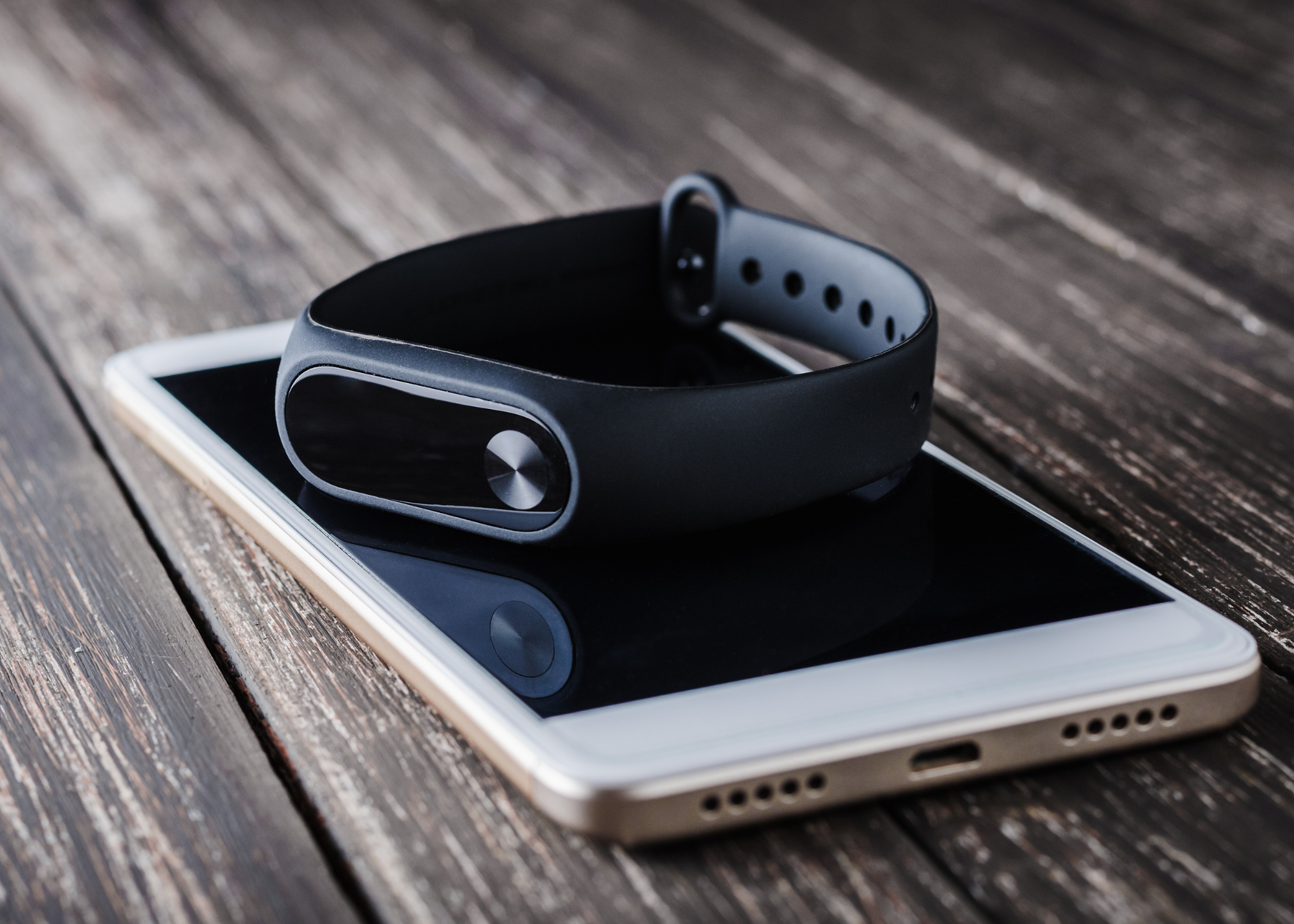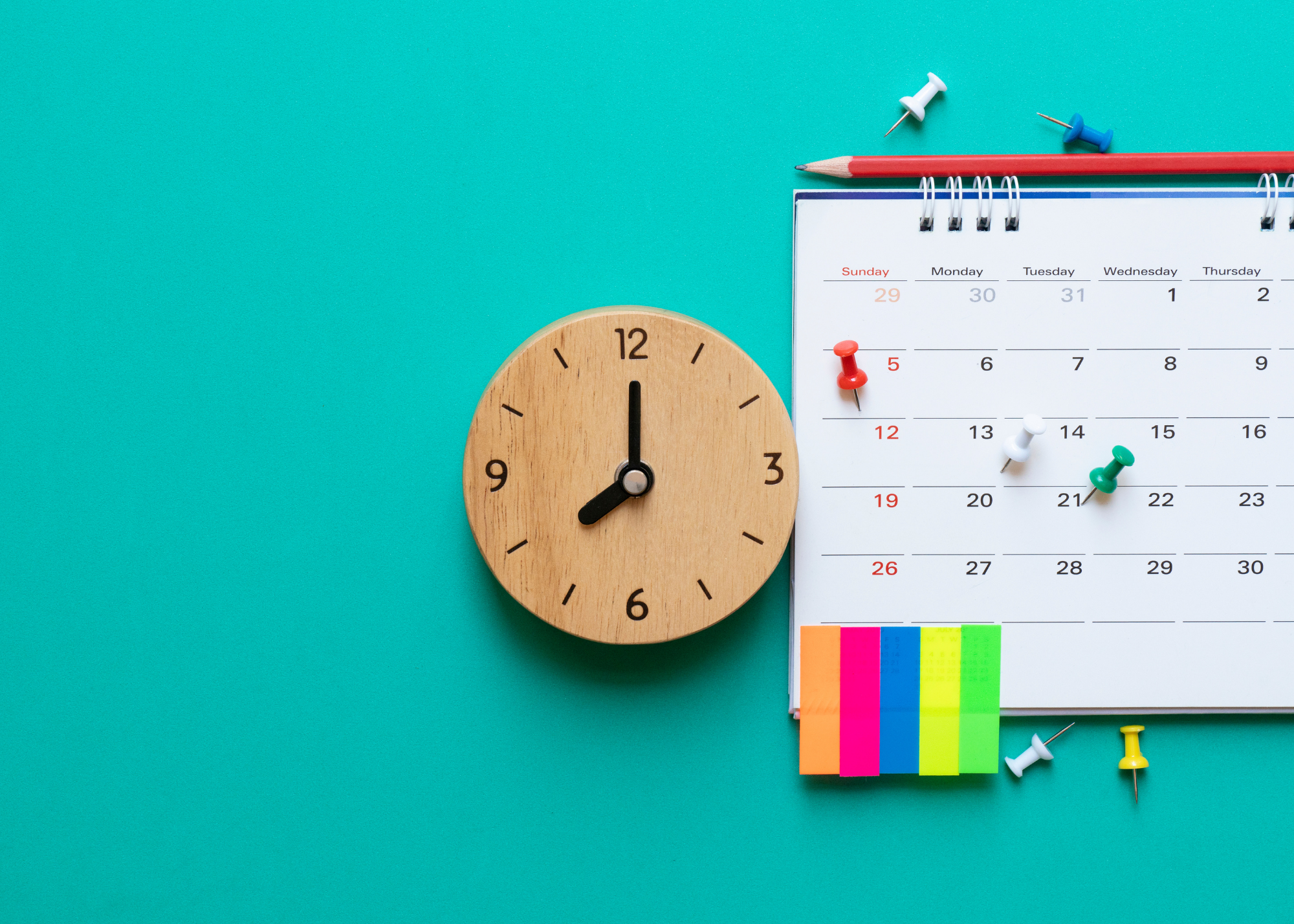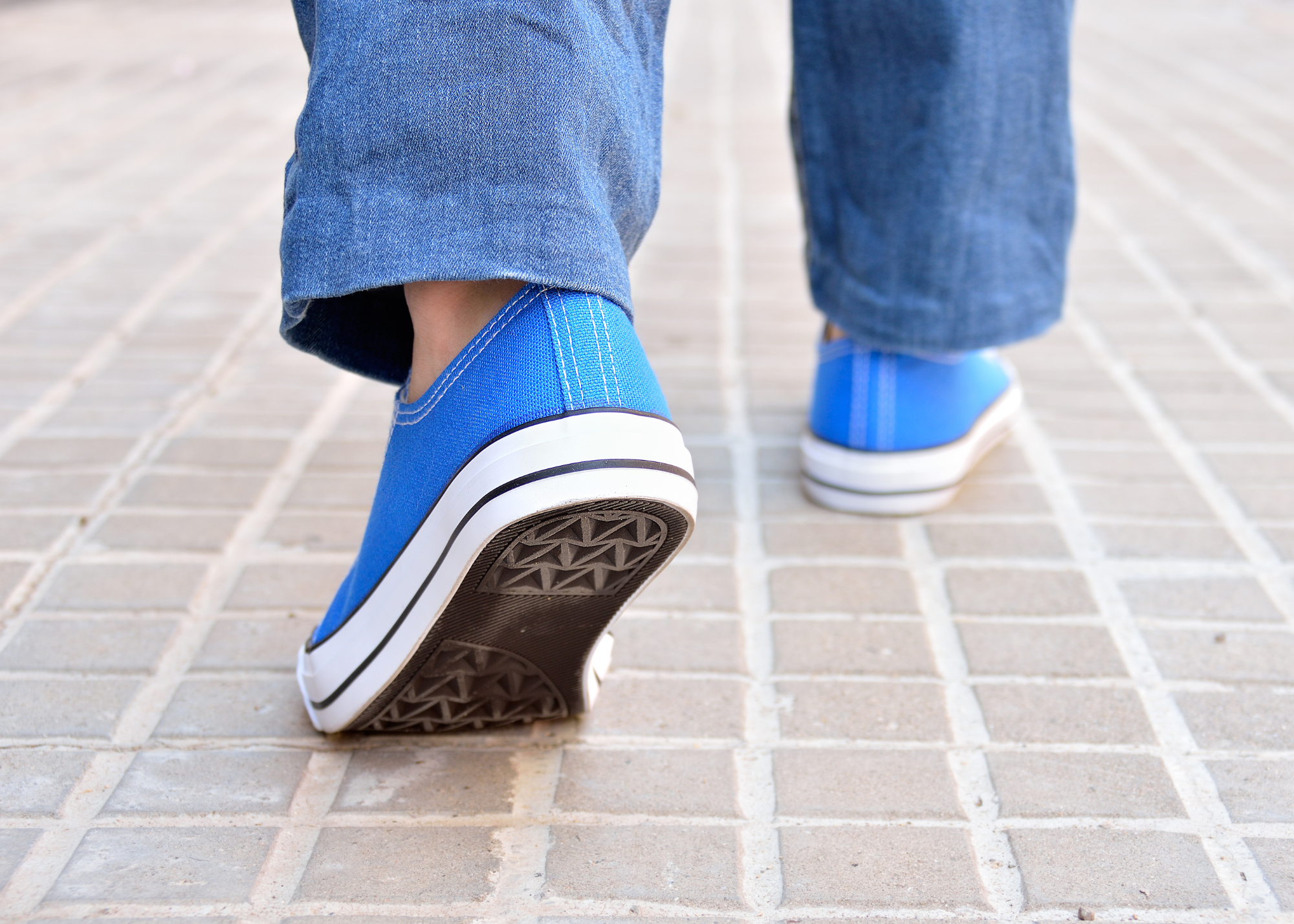5 Tips for Staying Active with Osteoarthritis
It is no secret that moving more and sitting less is important for a healthy body, heart, and mind. But even with these benefits, about 50 per cent of people in Canada are not physically active during their free time. That rate is even lower in people with arthritis.
Research has revealed that physical activity can help reduce pain caused by arthritis and improve mobility. So, we’ve put together a few tips to help you get moving.

Physical activity trackers are your friend
Do you need help getting motivated to exercise? A physical activity tracker might be one solution. These trackers can make you aware of your activity levels and reinforce motivation. However, they are most effective if you are ready to start doing physical activity on a regular basis.

Stick to a routine
Having a physical activity routine can boost your confidence, motivation, and positive mindset to stay active. Work with a physiotherapist or trainer to create a routine that gradually increases physical activity. If these resources are not available to you, try simple activities like walking or low-impact exercise videos at your activity level that can be downloaded and used ‘on demand’. Make sure to check with your doctor or other healthcare professional before starting a new exercise routine. You don’t want to overdo it.

It’s a team effort
Seek support from friends and family, exercise in a group, with people of the same age and physical abilities, have an exercise role model, or get an exercise buddy who can help you stay active. Social support plays a big role in whether or not you continue to exercise.

Rome wasn’t built in a day
Start small and easy. Any amount of activity can be beneficial and doesn’t have to be of high intensity and/or long duration. Walking indoors on a treadmill, outdoors, or down the corridor of your home are good strategies. Start with walking 10 minutes per day and gradually increase duration and speed. Try adding an additional five minutes to your walk each week (Week 1: 10min/day; Week 2: 15min/day; Week 3: 20min/day).

Get SMART about your fitness
Set SMART (specific, measurable, attainable, relevant, time-bound) goals to increase physical activity and break up sedentary time. Setting SMART goals with a confidence rating of at least 7 on a scale from 0 (not at all confident) to 10 (very confident) can help you stick to the goal. Try to stand up and move after 30 minutes of uninterrupted sitting (at a computer, watching TV, or using a mobile device). An example would be 30 minutes of brisk walking around the neighbourhood in the evening three times a week.























































